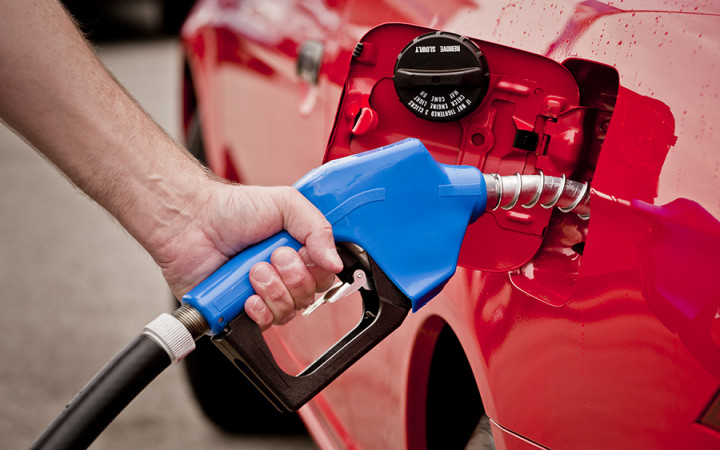Is it time for vacation yet? In the midst of school and work and all the other obligations, every family needs some time to get away for a little rest and relaxation.
Whether you're headed to a sandy beach or a snowy mountain, it's important to renew your energy. Even a cross-country road trip can be good for the soul.
If you've ever been on a road trip, you know there's one thing you have to do quite often: stop for gas. As you pull into a gas station, you may notice the driver checking the dashboard or peering intently into the side mirrors.
Why? The driver is probably trying to figure out which side of the car the fuel door is on! No matter how many times you've filled up the tank before, this little piece of important information often seems to slip out of the mind.
It's even worse if you're driving someone else's vehicle or a rental car. As soon as you pull up to the gas pumps, you're almost certain to discover that the fuel door is on the other side. What's the deal? Why don't all cars have fuel doors on the same side?
Wouldn't that make life easier? Some experts actually argue that it would not. According to the economic law of equilibrium, putting the fuel door on the same side of every vehicle might result in about 50% of gas pumps going unused because everyone would be trying to use the same set of pumps!
As as it may be, there appears to be no rhyme or reason as to which side of a car the fuel door goes on. In the past, fuel doors were often in the rear of the car behind the license plate. This made it convenient to fill up with gas from either side. However, this practice was also unsafe in the event of a rear-end collision.
Today, the fuel door is placed on either the right or left side of a vehicle. There are no government regulations that determine which side it goes on or how many vehicles have their fuel doors on the left vs. the right side.
Fuel system regulations only state that the fuel door must be at the widest part of the car, opposite the exhaust system, and away from crumple zones. Whether it ultimately gets placed on the left or right side usually depends upon design and engineering considerations, such as fuel tank location and underbody packaging.
According to studies conducted by auto manufacturers, Americans tend to prefer that fuel doors be placed on the left or driver's side. Likewise, European drivers tend to prefer right-mounted fuel doors since they sit on the right side of the car.
It is simply easier to steer closer to fuel pumps when the fuel door is located on the driver's side. For safety reasons, however, some experts recommend placing the fuel door on the passenger side, since it would be safer to fill from a canister if you run out of gas and have to pull off the highway onto the side of the road.
Despite safety considerations and driver preferences, auto manufacturers tend to place fuel doors wherever engineering considerations dictate. As a result, most auto manufacturers make some vehicles with left-mounted fuel doors and some with right-mounted fuel doors.
If you're not sure where the fuel door is, you can always look at the fuel gauge on the dashboard. Most auto manufacturers place a small diamond-shaped arrow on the fuel gauge that points to the side of the vehicle with the fuel door.




